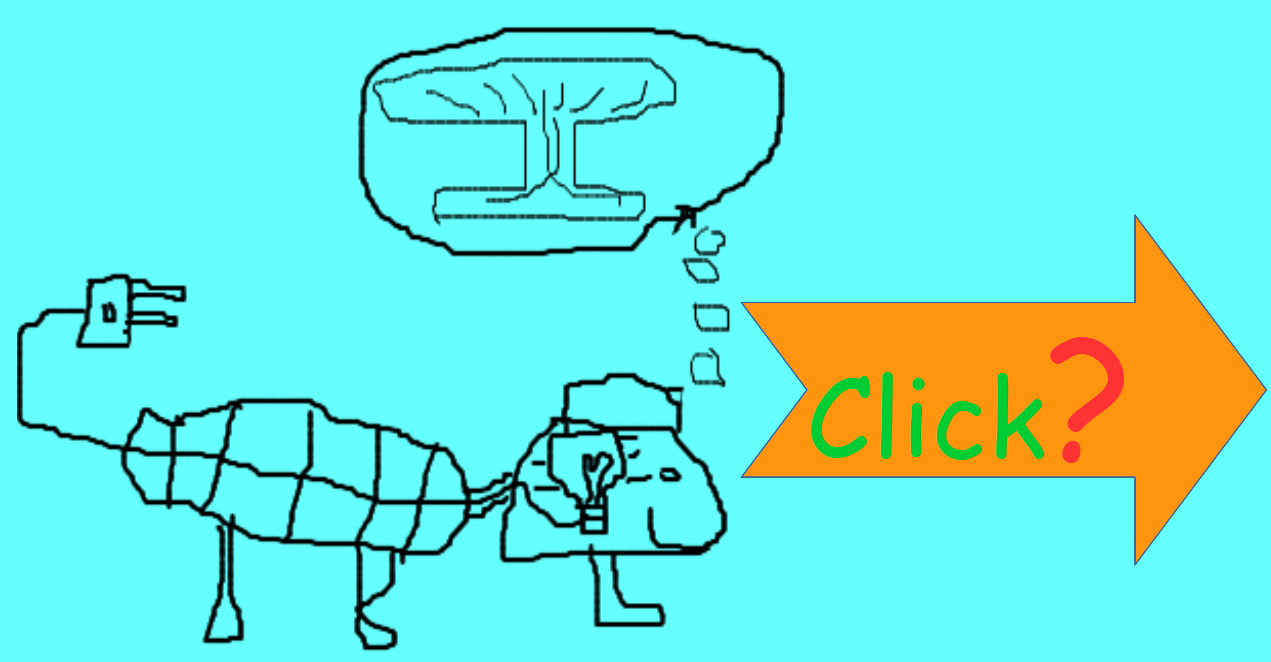page2026 Rings Matthias Lorentzen...mattegrisenforlag.com
Look at the picture beneath, then
scroll down to the question and click the correct Answer button.


Exercises: Ideals , Extensions & Vector Spaces
Exercise
Let us start with exercises that bridges the concepts of ideals , simple extension fields,
and introduces vector spaces. Exercise 1: OK , Exercise 2: OK
Exercise 3:The Extension `QQ(i)`:
Let us consider the field extension `QQ(i)` , which is the smallest field containing both the
both the rational numbers `QQ` and the imaginary unit `i = sqrt {-1}`.
Part 2: The linear Transformation:
Consider the element `alpha = 1 + i` in `QQ(i)`. We define a linear transformation
`bb {L_alpha : QQ(i) rarr QQ(i)}` by multiplication by `alpha:bb {L_alpha (x) = alpha x}`.
Remember our basis for `QQ(i)` is B = { 1 , i }.
Question 4: Using this basis , represent the linear transformation `L_alpha`
as a matrix.
Solution question 4:
Let `alpha = 1 + i` and `x = a + bi`. This will give `L_alpha (x) = alpha x = (1 + i)(a + bi)=
a + bi + ai + bi^2 = a + bi + ai - b = (a - b) + (a + b)i = `
`((a - b), (0)) + ((0) , (a + b)) = ((a - b) , (a + b)) = bb {[ [1 , -1] , [ 1 , 1]]}((a), (b))`.
Which shows our matrix.
Alternative method: We have our basis B = { 1 , i }. We need to see where the transformation
`L_alpha` sends each of the basis vectors:
`L_alpha (1) = alpha * 1 = 1 + i`. When we express this in terms of our basis { 1 , i } ,
we get `1 * 1 + 1 * i`. The coordinat vector is `bb {((1) , (1))}`. This forms the first
first column of our matrix.
`L_alpha (i) = alpha * i = ( 1 + i)i = i + i^2 = i - 1 = -1 + i `. When we express this in terms of our basis
{ 1 + i } , we get `-1 * 1 + 1 * i`. The coordinat vector is `bb{((-1), (1))}`. This forms the
second column of our matrix. Putting these columns together , we get the matrix:
`bb{[[1 , -1] , [1 , 1]]}`.
Question
Consider the field extension `L = QQ(i)` as a vector space over `QQ` , with basis `B = { 1 , i }`.
We define the linear transformation `L_alpha : QQ(i) rarr QQ(i)` by left multiplication
by `alpha = 1 + i` such that `L_alpha (x) = (1 + i)x`.
Which of the following is the correct `2 times 2` matrix `[L_alpha]_B` that represents
this linear transformation with respect to the basis `B = { 1 , i }`:
A) `[[ 1 , - 1] , [ 1 , 1]]`
B) `[[ 1 , 1 ] , [ 1 , -1 ]]`
?
